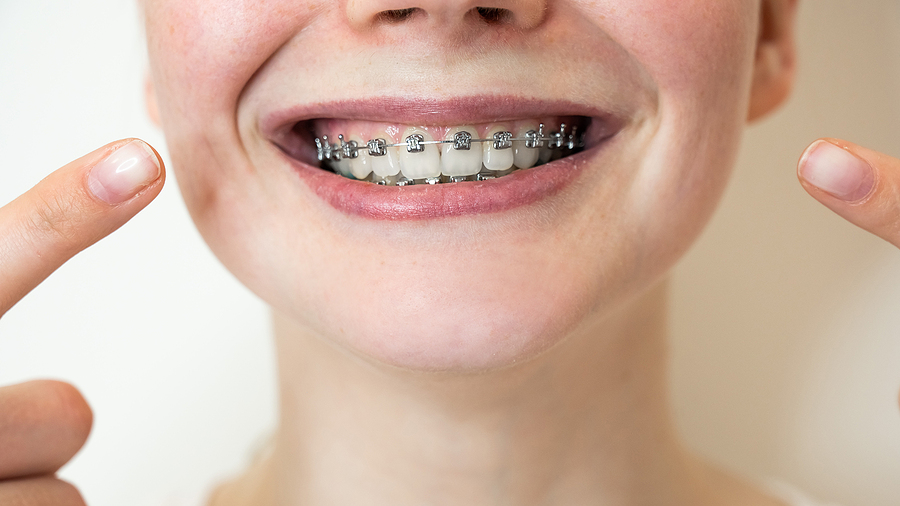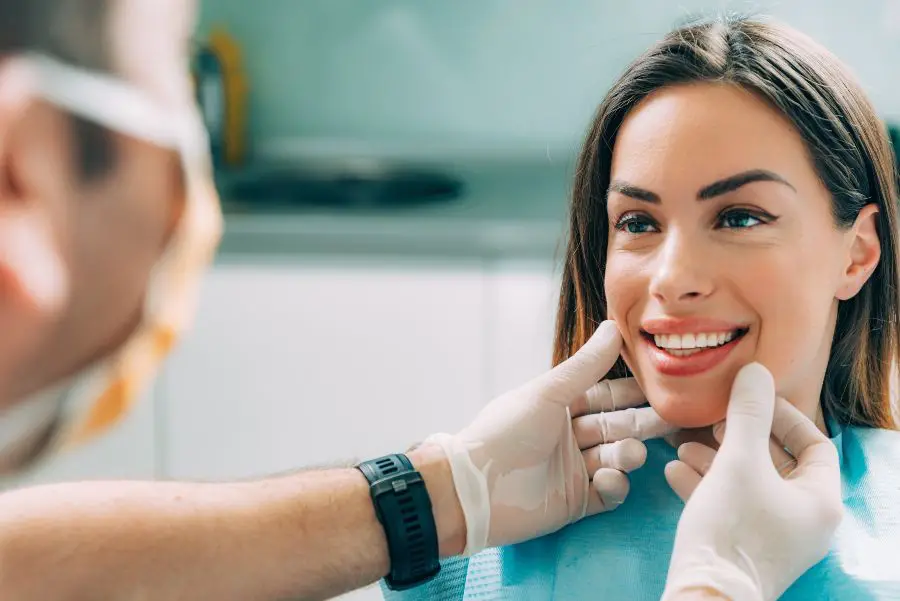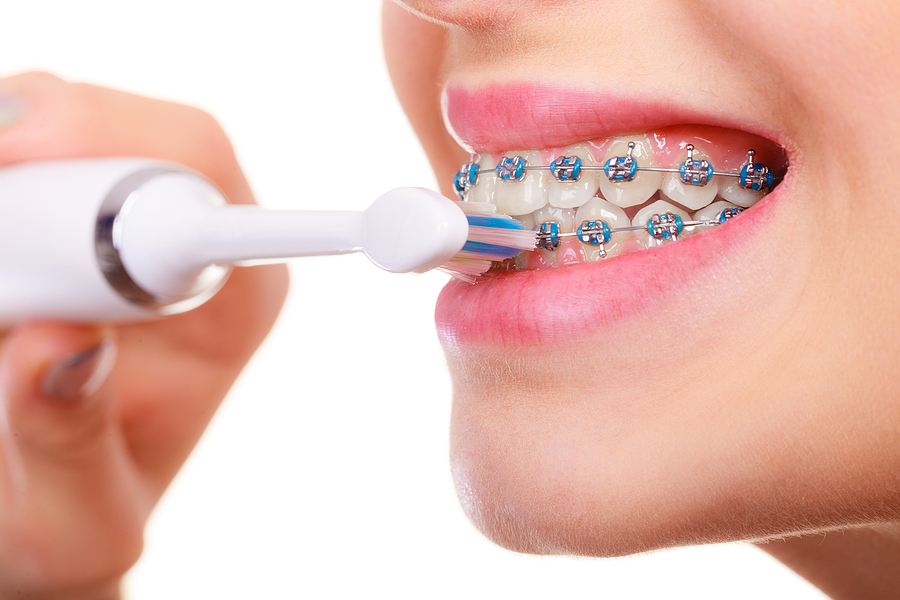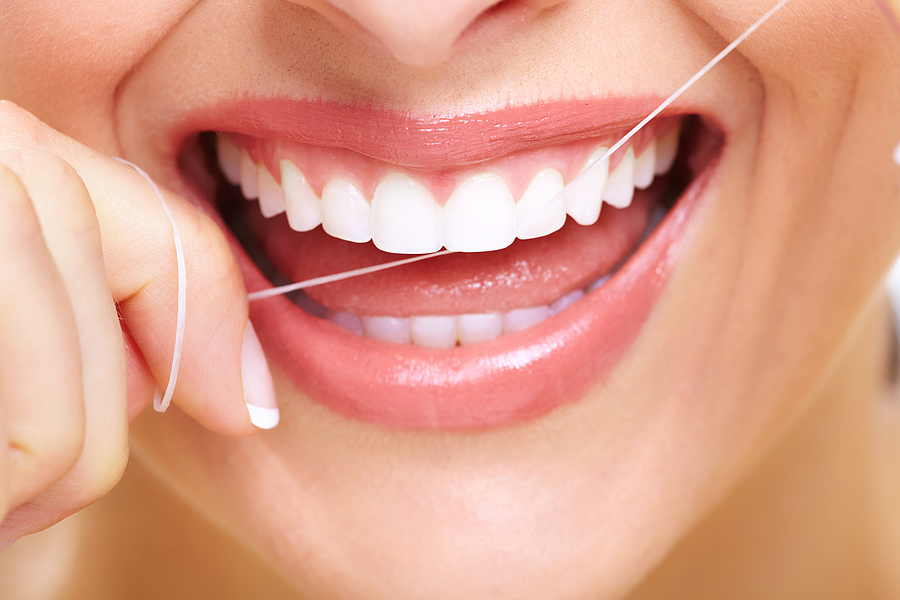When it comes to straightening teeth, many people find themselves weighing the options between Invisalign and traditional braces. Both methods have their merits and can lead to that perfect smile you’ve always wanted. But how do you know which one is right for you? Whether you're a teenager navigating the world of orthodontics or an adult ready to enhance your confidence, understanding these two popular choices is crucial. Let’s dive into what makes each option unique so that you can make an informed decision about your journey toward a healthier, straighter smile!
Pros and Cons of Invisalign
Invisalign offers a discreet way to straighten teeth. The clear aligners are virtually invisible, making them popular with adults and teens. Another advantage is comfort. Unlike traditional braces, there are no metal wires or brackets that can irritate your mouth. You can easily remove the aligners for eating and cleaning.
However, Invisalign isn’t without drawbacks. Compliance is crucial; you must wear the aligners for 20 to 22 hours daily for effective results. If you're not diligent, treatment may take longer.
Additionally, complex dental issues might require more extensive treatment than what Invisalign can provide alone. While many find it convenient, some individuals may struggle with keeping track of multiple trays during their journey to a straighter smile.
Pros and Cons of Traditional Braces
Traditional braces are a time-tested method for aligning teeth. They consist of metal brackets and wires that gradually shift your smile into place.
One major advantage is their effectiveness. Traditional braces can correct complex dental issues that may be difficult to address with other methods. They work continuously, ensuring consistent progress throughout the treatment period.
On the downside, they come with some discomfort. The metal components can cause irritation to the gums and cheeks, especially right after adjustments. Aesthetic concerns also play a role. Many people feel self-conscious about wearing visible braces during their treatment journey.
Maintenance requires diligence, too; certain foods must be avoided to prevent damage or prolonged wear on the appliances. Regular visits to an orthodontist for adjustments add another layer of commitment needed from patients.
Cost Comparison between Invisalign and Traditional Braces
When considering orthodontic options, cost plays a significant role. Traditional braces generally range from $3,000 to $7,000, depending on the complexity of your case and the duration of treatment. Many dental insurance plans cover some portion of this expense.
Invisalign costs typically fall within a similar bracket but can reach up to $8,500 for more complex cases. The price often reflects the technology involved in creating custom aligners tailored specifically for your teeth.
Payment plans may be available through both options. Some providers offer financing solutions that allow you to spread out payments over time.
Before making a decision based solely on cost, evaluate the long-term value each option provides. Hidden expenses like additional visits or lost aligners could affect total costs down the line. Call us to learn more.
Effectiveness and Treatment Time Comparison
When it comes to effectiveness, both Invisalign and traditional braces have their strengths. Traditional braces are often viewed as the gold standard for complex dental issues. They can effectively address a wide range of problems, from crowding to severe misalignment.
On the other hand, Invisalign is fantastic for mild to moderate cases. Its clear aligners apply gentle pressure on teeth over time. Patients may enjoy faster results compared to traditional methods in certain scenarios.
Treatment times vary significantly between the two options. With traditional braces, patients typically wear them for 18 months to three years, depending on individual needs. In contrast, many Invisalign patients complete treatment within a year or so.
Regular visits to your orthodontist will be crucial regardless of your choice. These check-ups ensure that progress stays on track and adjustments are made as necessary.
Lifestyle Factors to Consider when Choosing Between Invisalign and Traditional Braces
- When weighing your options, think about your daily routine. If you’re active in sports or perform on stage, Invisalign might be a better fit. Clear aligners can easily be removed during activities.
- Consider your eating habits as well. With traditional braces, certain foods are off-limits to avoid damage. On the other hand, Invisalign allows you to eat whatever you want since they come out while dining.
- Social situations matter too. If you're concerned about aesthetics during treatment, clear aligners offer a discreet option that many find appealing.
- Remember maintenance and hygiene practices. Traditional braces require more effort to clean around brackets and wires compared to the simple process of rinsing aligners before putting them back in place. Choose what aligns best with your lifestyle needs for optimal comfort and convenience.
Conclusion: Which Option is Right for You?
When deciding between Invisalign and traditional braces, it's essential to consider your individual needs and preferences. Those seeking a discreet option may lean towards Invisalign, as it allows for greater flexibility with lifestyle choices like eating and oral hygiene. Conversely, if you need more complex corrections or have concerns about compliance with removable aligners, traditional braces might be the better fit.
Cost is another key factor. While both options can vary widely based on treatment length and complexity, understanding your budget will help narrow down your choice. Additionally, think about how each option fits into your daily routine. If you're active in sports or value aesthetics during treatment, that could influence which path you choose.
Consulting with an orthodontist in The Woodlands can provide personalized insights tailored to your specific dental situation. They can guide you through the pros and cons based on their expertise while considering what matters most to you – from comfort level to desired outcomes.
Choosing the right method for teeth alignment isn’t just about looks; it’s also about achieving a healthy smile that lasts a lifetime. Whether you decide on traditional braces or opt for Invisalign in The Woodlands, knowing all aspects will empower you to make the best decision for yourself.
If you have any questions about orthodontic treatment, don't hesitate to contact Orthodontic Nations. We're here to help you every step of the way, ensuring a positive and rewarding orthodontic experience. Call us at (936) 242-0788 or visit us at 3091 College Park Dr., Suite 310, The Woodlands TX 77384.
Location
3091 College Park Dr. Suite 310,
The Woodlands, TX 77384
Office Hours
MONClosed
TUEBy appointments only
WED8:00 am - 5:00 pm
THUClosed
FRI8:00 am - 5:00 pm
SAT8:00 am - 3:00 pm
SUNClosed
3091 College Park Dr. Suite 310,
The Woodlands, TX, 77384
Phone: (936) 242-0788Text Us: (936) 242-0788






